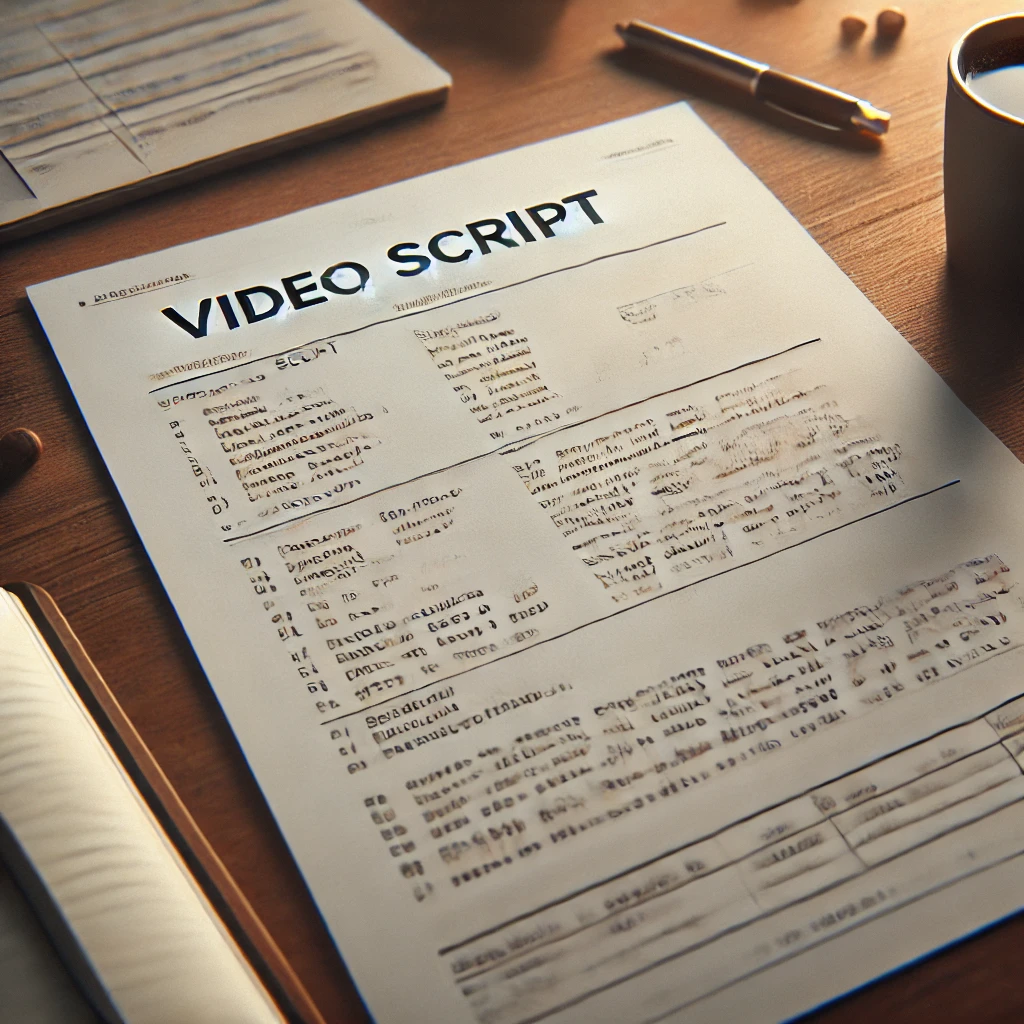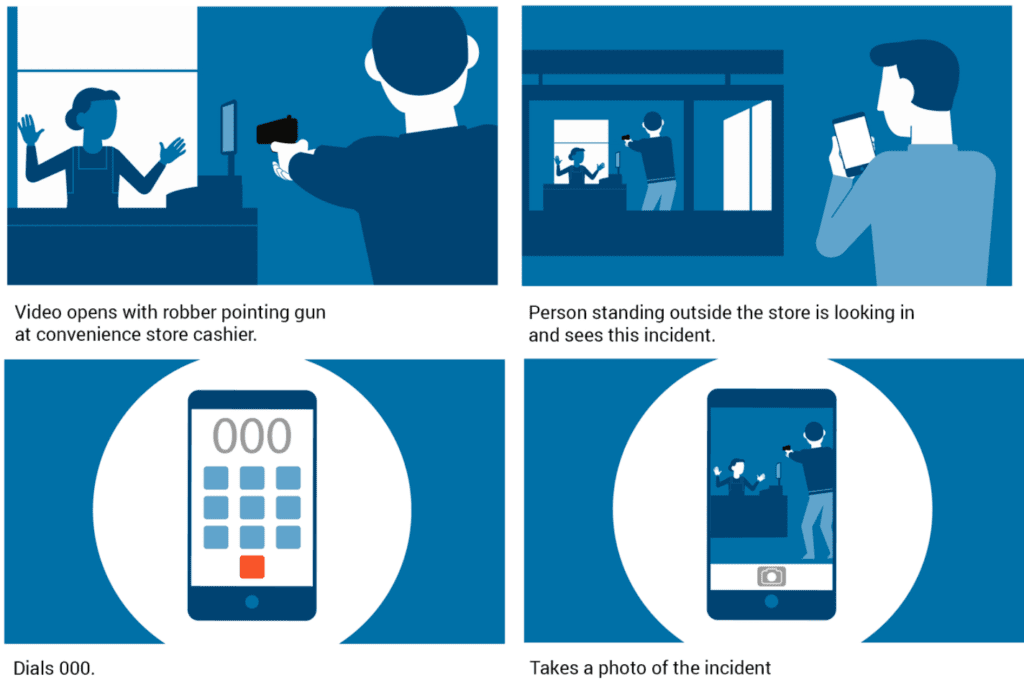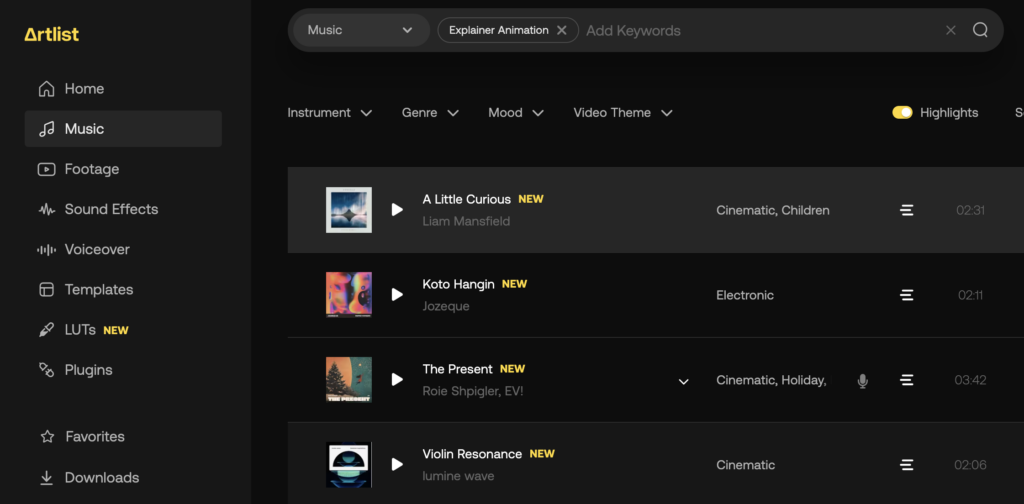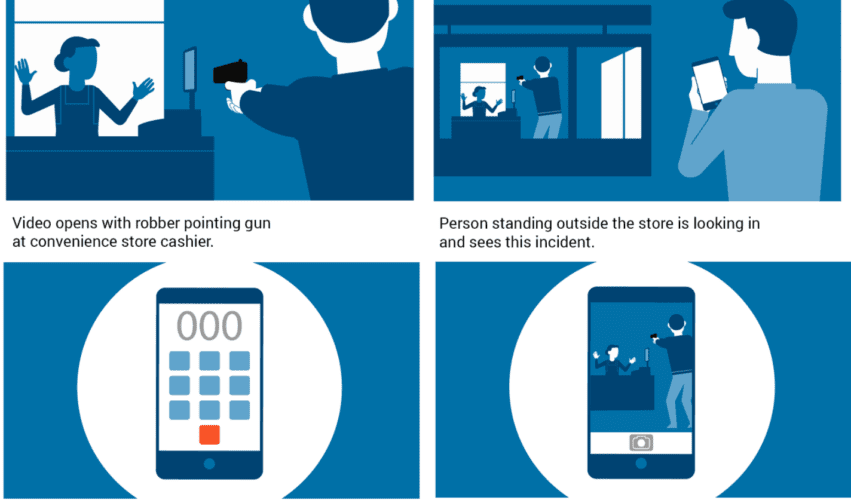The Comprehensive Guide to Creating an Animated Video for Your Business
Creating an animated video for your business can be a game-changer when it comes to engaging your audience, explaining complex products or services, and telling your brand story in a way that resonates. Whether you’re working with a professional video production company or taking a hands-on approach to the animation process, understanding the steps involved is essential to ensuring your video turns out exactly as envisioned.
In this comprehensive guide, we’ll walk you through the key stages of creating an animated video, providing detailed explanations of each step to help you better understand the work that goes into bringing your vision to life.
What Is Animation?
Before diving into the production process, it’s important to define animation. Unlike traditional corporate video production, which uses cameras to capture live-action footage, animation involves creating movement and effects from static images or illustrations. By using various animation techniques, artists simulate motion, transforming still graphics into dynamic, engaging visuals.
Now that we’ve established what animation is, let’s explore the essential steps involved in creating it.
Key Steps in the Animation Process
1. Research: Understanding the Foundation
The first step in any successful animation project is research. This phase involves gathering the key information needed to ensure the video resonates with your target audience and aligns with your business goals.
We focus on the following aspects during this stage:
- Product/Service Overview: What is your product or service? What are its unique selling points, key features, and benefits?
- Target Audience: Who are your viewers? What are their pain points, and how does your product or service solve them?
- Business Goals: What action do you want the audience to take after watching the video? (e.g., make a purchase, sign up for a newsletter, or contact your sales team)
- Competitor Analysis: We review competitors’ videos to understand trends and identify the right style and tone for your animation.
- Visual Style & Approach: This involves identifying the animation style (2D, 3D, motion graphics, etc.) that best fits your brand and the message you want to convey.
Additionally, during this phase, we also review existing video examples to understand your vision better, helping to fine-tune the direction for your animation.
2. Concept Development and Script Writing: Crafting Your Story
The Concept Development and Script Writing phase is arguably the most critical part of the entire animation process. It’s where your vision begins to take shape, and the core message of your video is established.
Concept Development: Crafting the Big Idea
The concept is essentially the overarching idea that will drive the video. It’s a concise, high-level summary of what the video is about, how it will communicate the message, and what emotions it aims to evoke.
In this phase, we focus on:
- The Goal of the Video: What are we trying to achieve with this animation? Is it to inform, persuade, entertain, or inspire? The concept will define this goal and shape the rest of the video.
- Engagement: How do we grab the viewer’s attention from the very first moment? This could involve an intriguing question, a visual hook, or a surprising reveal that sparks curiosity.
- Tone and Mood: The tone of the video (humorous, serious, light-hearted, etc.) must align with your brand and the emotions you want the audience to feel.
- Unique Angle: What makes your product, service, or idea stand out? The concept ensures that we highlight your unique value proposition in a fresh and engaging way.
Once the concept is solidified, we create a concept brief—a document that clearly outlines the big idea, tone, style, and direction of the video. This brief serves as the foundation for everything that follows.
Script Writing: Translating Concept into Narrative
With the concept in place, we move on to script writing—this is where the magic really begins. The script is the narrative blueprint for the entire animation. It dictates the voiceover and the visual components that will accompany it. There are two key parts of the script:
- Voiceover Script: This is the spoken part of the animation. It’s written to guide the voiceover artist, ensuring the narration is clear, engaging, and aligned with the video’s tone.
- Key considerations for the voiceover script:
- Clarity: The script must be direct and straightforward, ensuring the audience understands the message without confusion.
- Pacing: The timing of the voiceover is crucial to maintain engagement without rushing or overwhelming the viewer. It needs to balance information with pauses for reflection.
- Engagement: The script should capture the viewer’s attention from the first line and keep them engaged throughout the video.
- Call to Action: At the end of the script, we include a clear call to action (CTA), directing viewers to take the next step, whether it’s making a purchase, signing up for a newsletter, or contacting your sales team.
- Key considerations for the voiceover script:
- Visual Description: This is where we describe what the viewer will see on the screen during the animation. It’s a scene-by-scene breakdown that explains how the visuals align with the voiceover, including transitions, animations, and key visual elements.
- Scene Details: We describe each scene, its duration, and the visual elements that will accompany the narration (e.g., animated characters, text, graphics).
- Style and Mood: The script also outlines the visual style (cartoony, minimalist, realistic, etc.) and the color palette, ensuring consistency with your brand’s identity.
- Timing and Transitions: The script specifies how long each scene will last and how transitions between scenes will be executed (e.g., a fade, swipe, or zoom).
The script is continuously refined based on your feedback, ensuring it aligns perfectly with your brand voice, messaging, and goals.

3. Storyboard: Visualising the Narrative
Once the script is finalised, we move on to storyboarding. This is a visual blueprint of the video, where key moments are illustrated in a series of static images.
The storyboard helps to:
- Visualise the Flow: It allows you to see how the animation will unfold, scene by scene and ensures the pacing and transitions work well.
- Confirm the Style: The storyboard provides a visual preview of the animation’s aesthetic and ensures that it aligns with the concept and script.
- Plan the Animation: It serves as a guide for the animators, detailing the sequence of actions and timing.

4. Voiceover Recording
At this stage, we work together to select the right voiceover artist and then have your voiceover script professionally recorded.
Why is recording the voiceover important?
- Tone and Feel: The energy and intonation of the voiceover help to set the style and feel of the animation
- Pacing: It helps the animator understand the timing and rhythm of the animation, ensuring the visuals flow smoothly with the voiceover.
5. Music Selection: Enhancing Emotional Impact
Choosing the right music is crucial to setting the tone and enhancing the emotional impact of your animation. Music can elevate the viewer’s experience, making the video feel more engaging and dynamic.
- Stock Music Library: We select music from a vast library of stock tracks, ensuring we choose one that complements the visuals and reinforces the video’s emotional tone.

6. Creating a Short Animated Segment: Ensuring We’re on the Same Page
At this stage, we create a short animated segment (usually 15-30 seconds long) based on the script, storyboard, guide voiceover, and music. This segment serves as a preview of the full animation and allows you to provide feedback on the visual style, pacing, and overall direction.
- Why This Matters: Catching potential issues at this stage saves time and resources. If changes are needed, it’s far easier to adjust a small segment than to rework the entire video.
7. Animation: Bringing Your Video to Life
Once the short segment is approved, we move on to creating the full animation. This is where everything comes together: the script, storyboard, guide voiceover, and music are fused into a cohesive, dynamic video.
- The Animation Process: Our animators bring the story to life using industry-standard software. They carefully create the motion, transitions, and effects that will make the video visually compelling.
- Attention to Detail: Every element, from the timing to the colour scheme, is carefully executed to ensure the animation flows seamlessly and meets your expectations.
8. Feedback and Revisions: Perfecting the Final Product
Once the first draft of the animation is complete, we send it to you for feedback. This is your chance to review the video and suggest any revisions.
- Feedback Loop: We’ll work with you through several rounds of feedback to make sure the final product meets your standards.
- Revisions: We make any necessary changes to ensure the video aligns with your vision, ensuring the messaging is clear, the visuals are engaging, and the tone is perfect.
9. Delivery: Sharing the Final Video
Once you’re happy with the final animation, we deliver the completed video. We typically provide the file via a download link, in your preferred format, ready for use.
- Final Touches: This may include adding captions, optimising for different platforms (social media, websites, etc.), or making final tweaks to the file to ensure it’s ready for distribution.
Conclusion
Creating an animated video for your business is an involved process, but the result can be a powerful tool that educates, engages, and converts your audience. By following these detailed steps, from research and concept development to final delivery, you can ensure that your animation communicates your message effectively and resonates with your viewers.
The key is in the details—each step contributes to the overall success of the project, and careful planning, collaboration, and refinement will lead to a stunning final product that supports your business goals.
.

Ryan Spanger is the founder and managing director of Dream Engine, a Melbourne-based video production company established in 2002. With more than two decades of experience, Ryan has helped leading Australian businesses, government departments, and non-profits communicate their message with clarity and impact through video. He’s known for his strategic approach, reliable process, and commitment to producing videos that deliver measurable results.

